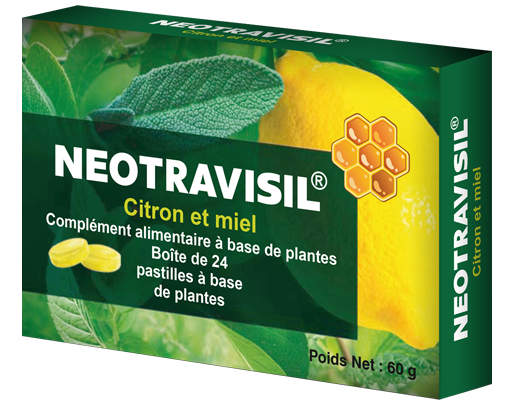Another name: licorice. Licorice glabrous is a perennial herb up to 1-1.5 m in height. The homeland of licorice is the Mediterranean, primarily Spain and southern France, from where it is mainly brought for pharmaceutical needs.

The medicinal use of licorice goes back to the time of five thousand years ago - the medicinal use of licorice is mentioned in the ancient monument of Chinese medicine "The Book of Herbs", written 3000 years before our era. Chinese doctors highly appreciated the medicinal properties of licorice root and included it in all medicinal mixtures, since, in their opinion, it enhances the effect of other components and is able to neutralize the effect of poisons that have entered the body. Subsequently, this knowledge was confirmed by modern biochemical studies, thanks to which licorice, as a medicinal plant, has been experiencing its "rebirth" in recent decades.
The main active ingredients of licorice root are glycyrrhizin, sterols and numerous flavonoids (liquiditin, liquiditigenin). These are the main components of medicinal raw materials.
The influence of licorice on the human body is very diverse. Licorice has:
- Expectorant effect - enhances the formation of sputum and improves its discharge;
- Anti-inflammatory effect - suppresses inflammatory processes;
- Antiviral effect - active against a wide range of viruses, including herpes and influenza viruses;
- Antibacterial action - increases resistance to dangerous bacteria;
- Antispasmodic action - relieves muscle spasms;
- Analgesic effect - relieves pain syndrome;
- Laxative effect - irritates the walls of the gastrointestinal tract and stimulates digestion processes;
- Diuretic action.
More than 20% of licorice root consists of glycyrrhizin, a derivative of glycyrrhizic acid; it is she who gives licorice its characteristic sugary-sweet taste and it is with these substances that the beneficial medicinal effect of licorice root in the treatment of cough is mainly associated.
Glycyrrhizin stimulates the formation of mucus in the upper respiratory tract and enhances the work of the ciliated epithelium in the trachea and bronchi. As a result, the amount of mucus increases, it is more efficiently removed from the airways, and they are cleared better.
In addition, licorice contains a large amount of flavonoid compounds that have an antispasmodic effect, including on the smooth muscles of the bronchi. It also improves the functioning of the airways, especially during the treatment of respiratory diseases.
The antiviral and anti-influenza effect of glycyrrhizic acid is due to the fact that it stimulates biological defense mechanisms in the body and blocks the introduction of active viral particles into cells.
References:
1. Nesar A., Noorul H., Khalid M., Juber A., Mujahid M., Badruddin, Anuradha M., Nazma K. Glycyrrhiza Glabra: for Traditional Uses and Pharmacological Actions, Adv. J. Pharm. Life Sci. Res., 2016 4; 2: 23-32.
2. Encyclopedia of medicinal plants online medgrasses.ru
3. Encyclopedia of medicinal plants online www.travniky.ru
4. VV Zarubaev, VB Anikin, VS Smirnov. Antiviral activity of glyceretic and glycyrrhizic acids. Infection and immunity, 2016, vol. 6, No. 3, 199-206.
5.. Maznev NI Encyclopedia of medicinal plants. - 3rd ed., Rev. and add. - M .: Martin, 2004.






